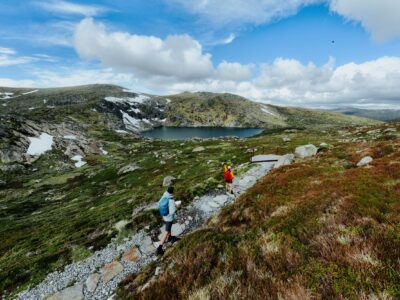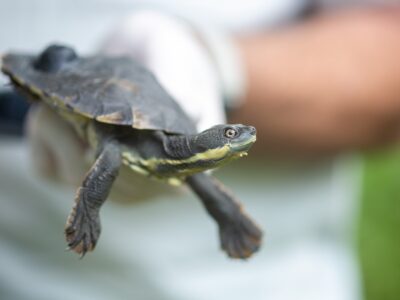At NSW National Parks, we’re lucky to work alongside some truly inspiring people. ‘Conservation superstars’ is a series where we spotlight the incredible individuals working to protect our precious natural places and the unique species that call NSW home.
For this installment, we sat down with wildlife expert Susan Crocetti, who currently heads up the marine policy team in the Department of Climate Change, Energy, the Environment and Water, to talk about where her fascination with wildlife began, creating policy that supports animals in distress and the wonders of the Great Southern Reef.
-
The path to becoming a marine wildlife expert
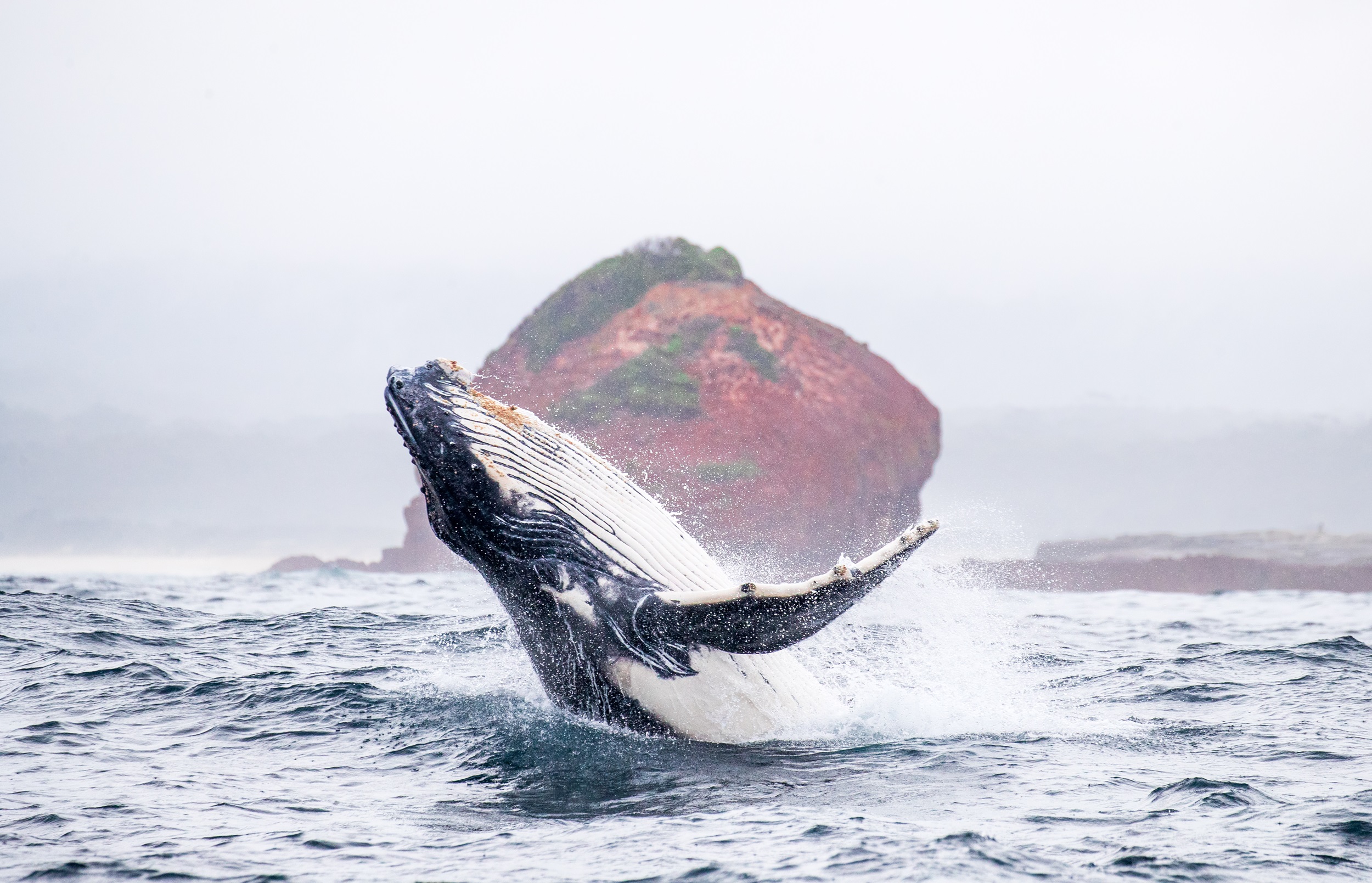 Photo Information
Photo InformationHaving a whale of a time.
Rachelle Mackintosh/DCCEEW
Susan has been working in conservation since the 90s, but her passion for wildlife advocacy started much earlier. “When I was seven years old, I was watching Totally Wild, which probably makes me old. But I saw this amazing story about sea turtle conservation up in Mon Repos on the Queensland coast, where there are loggerhead turtle nesting, and I turned to my mom and said, ‘When I grow up, that’s what I’m going to do’,” Susan recalls.
Fast forward to 2025 and Susan has been awarded a Public Service Medal for her contributions to conservation which include, but are not limited to: pioneering a new wildlife response framework following the 2019-20 bushfires, helping set up a citizen science project to track endangered whales, restoring marine habitat in Sydney harbour and bringing snapping turtles in Bellinger River back from the brink (her 7-year-old self would be proud). Susan is also a leading expert in marine strandings and entanglements.
“The ocean has always called me,” she says. “It’s a place that is so beautiful and still so unknown. It faces different pressures to the land, and that’s always really interested me.”
Susan started her career as a park ranger in Queensland, working at Moreton Bay Marine Park and on the Great Barrier Reef. She followed her passion for management and conservation programs to New South Wales, where she took on a role with NSW National Parks as an Operations Officer and worked her way up to Wildlife Team Leader, tackling a range of complex conservation projects along the way. Her career has combined hands-on, emergency response work with strategic policy development.
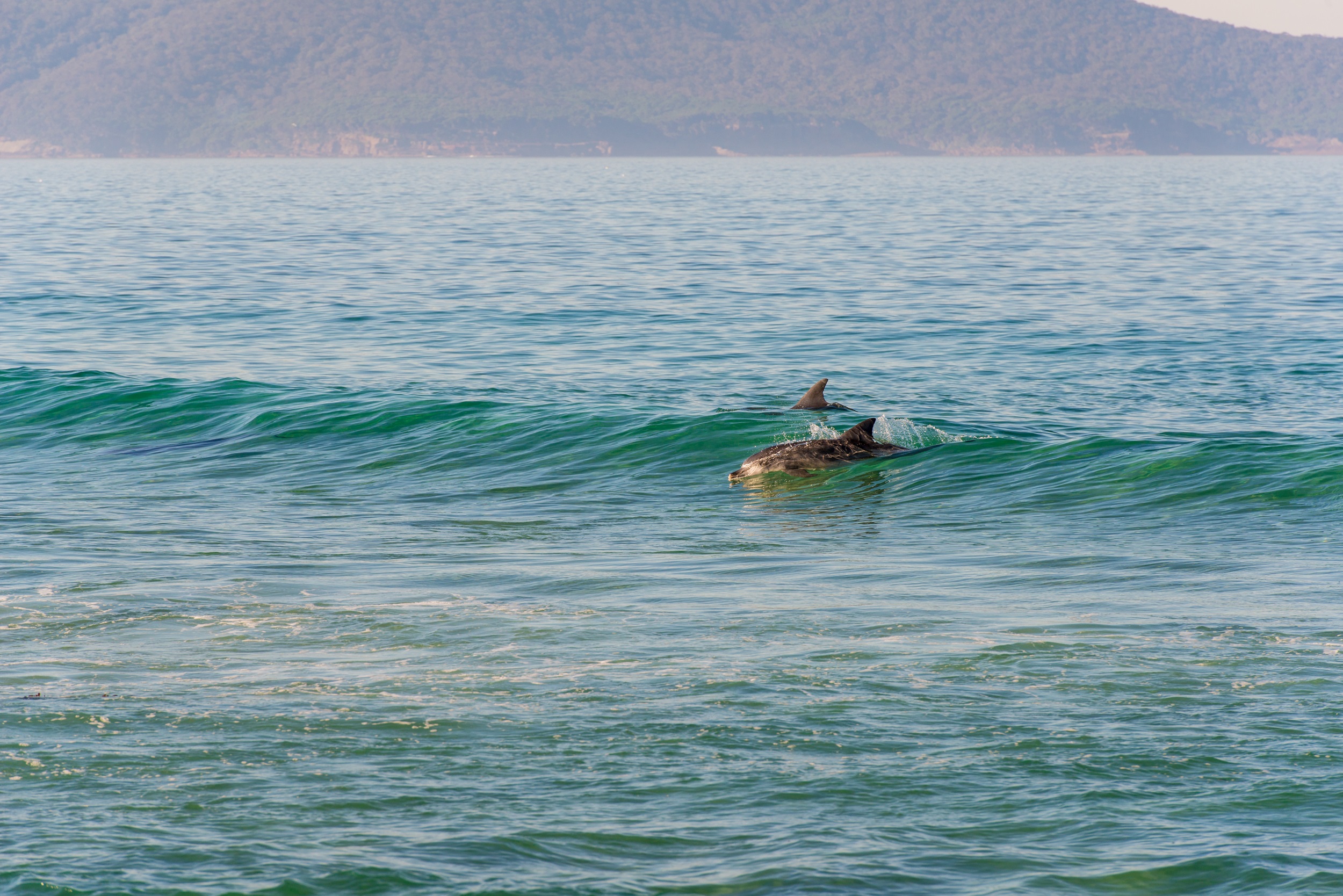 Photo Information
Photo InformationSurf’s up.
John Spencer/DCCEEW
“After 25-plus years as a public servant working in this field, I’m lucky because I’ve been able to learn across different pieces of legislation – different ways that you make policy and inform change. And I like being able to look at a problem and bring a group of experts together, across that spectrum, and find the pathway to the solution,” Susan says. “Sitting in marine policy, I get to play that more strategic role around marine wildlife as part of broader conservation programs.”
Regardless of the project, she’s motivated by a desire to help people connect with nature.
“My passion is for others to see the wonder of nature. It makes my day if I get to go to a turtle nest and have some community there and be able to talk to them about turtle conservation. Or respond to a whale stranding, and just be in that moment with all of those people. And maybe teach them something about the biology of the animal that they might not have known.”
View this post on Instagram -
Busting myths to help sick and injured marine life
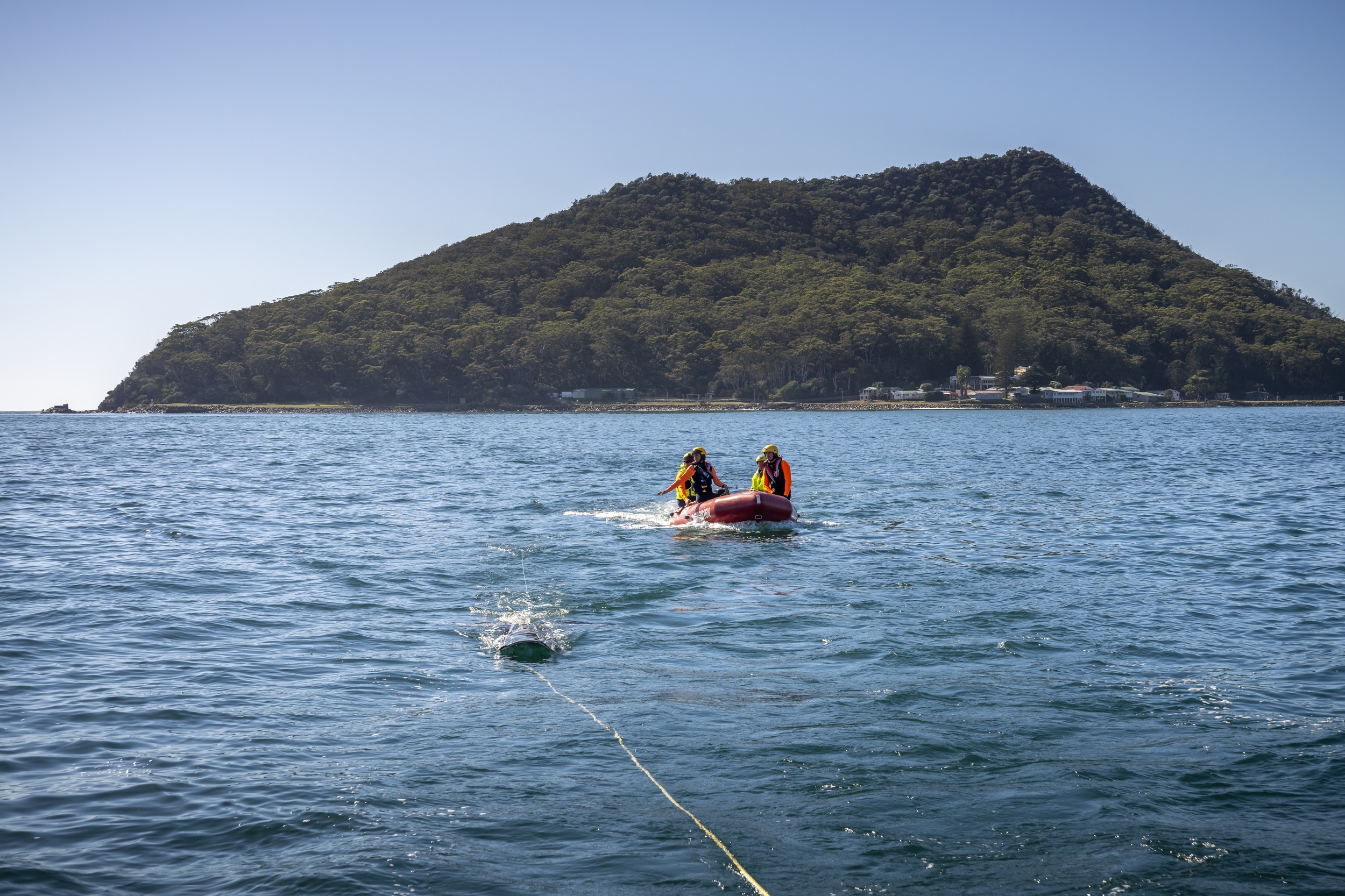 Photo Information
Photo InformationWhale disentanglement training in Port Stephens.
John Spencer/DCCEEW
One of Susan’s proudest achievements was working with a team to establish a single set of principles for the management of whales, seals and turtles when they wind up on our beaches through normal activity, illness or misadventure. Part of this policy work is focused on the best way to respond to animal strandings, events that understandably can generate a strong emotional response.
“We have this spiritual connection to whales and dolphins – after all these years, I still can’t explain it, but all I know is that it exists. We love whales and dolphins. And when there is a whale or dolphin in distress, it is absolutely beautiful to see humanity rally together to want to save that animal,” Susan says. But the instinct to push the animal back into the water is often not what’s best for the animal. And trying to help stranded animals can pose risks for people too.
Susan says that many stranded whales and dolphins often have complex health issues, and these animals require veterinary attention as the first step. “If we can help that animal to keep it calm, cool and safe while we get expert help, then we can make a good decision for that animal,” she explains. “We always want to operate in the best interest of the animal, not in that emotional moment of: the animal has to be pushed back.”
Want to learn more about whales? Check out these fascinating facts about whale migration, lumpy, bumpy whale skin and mother/calf relationships.
View this post on InstagramThe new policy framework focuses on getting animals assessed by experts as quickly as possible to improve outcomes for marine life and the community. It’s been developed with input from expert vets and representatives from all levels of government who convene at least once a year at the Australian Cetacean Roundtable to share advice and research.
“Our job has been to try to create that framework where we can bring the best ethical veterinary standards, principles and diagnostic tools that we can to support that animal as quickly as we can, but also be mindful of people’s safety,” Susan says.
So what’s the best thing to do if you’re the first person on the scene at a whale or dolphin stranding? Susan recommends keeping calm and calling 13000 PARKS for help. “They will support you, a bit like an ambulance, in providing you with that first aid information,” she says. “Giving them shade and keeping them wet with towels in a quiet environment is the best support you can provide until expert help arrives,” she adds.
View this post on Instagram -
Supporting wildlife when danger strikes
 Photo Information
Photo InformationA koala returning to the wild after recovering from bushfire burns.
Lucy Morrell/DCCEEW
During the devastating 2019-20 bushfires, Susan was part of a NSW National Parks team that mobilised a coordinated response to wildlife support. “It allowed us to understand where different wildlife carers were at, in terms of their capacity, and start getting some key messaging out to the community about how to support wildlife in their backyards,” she explains. “It feels like everyone in New South Wales stood up at that moment to help wildlife in the fires. And that was a beautiful thing.”
This approach has had a big impact on the way we respond to and manage wildlife during emergencies. “We’ve come a really long way in terms of being able to embed wildlife more holistically into all emergency responses, and even most recently in tropical cyclone Alfred. It was great to see a wildlife function got stood up, and there was wildlife being considered as part of that emergency,” Susan says.
Supporting wildlife on the ground: Read the inspiring story of another conservation hero’s fight to protect the mountain pygmy-possum following the 2019-20 bushfires.
Another project she proudly recalls is rallying a team to respond to a virus outbreak among snapping turtles in the Bellinger River, which wiped out 90% of the turtle population in just six weeks.
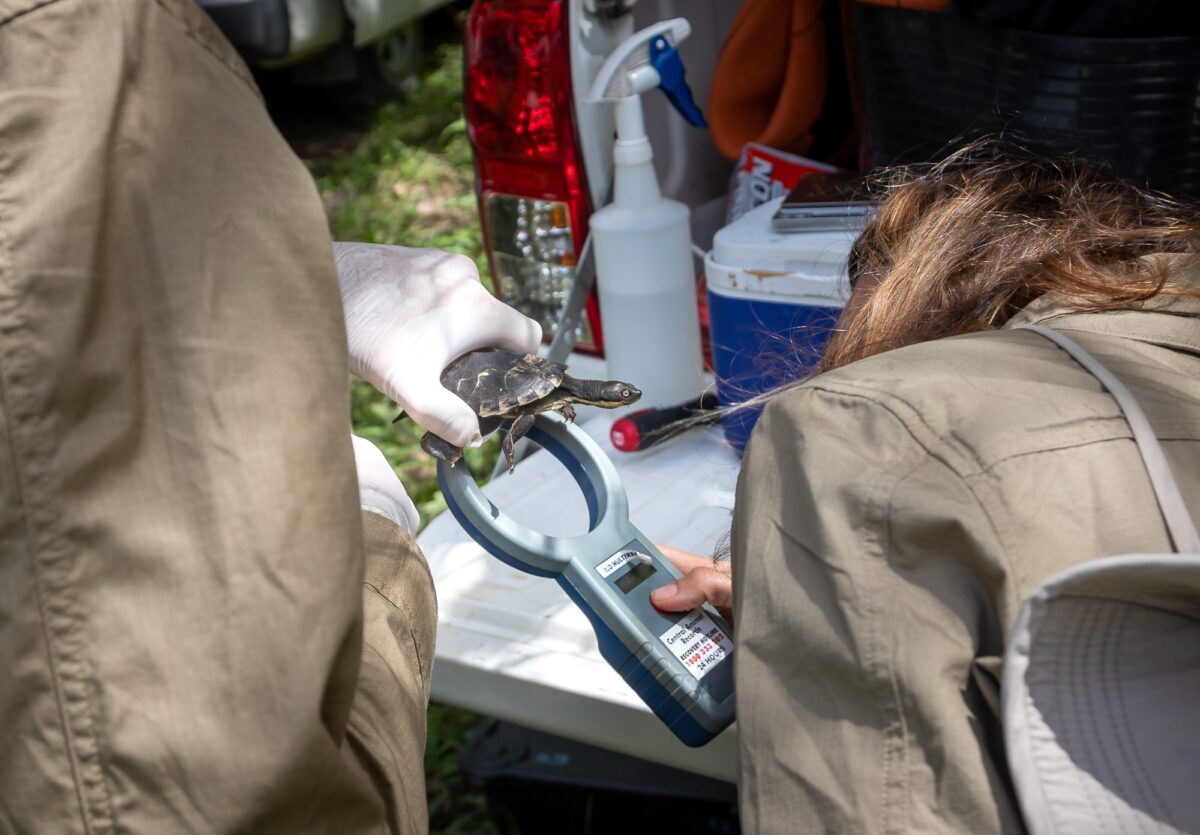 Photo Information
Photo InformationCheckup time.
Brent Mail/DCCEEW
“We could see this was important, and so we quickly were able to rally resources, bring the experts in and come up with a plan,” she says. “There has been so many years of work now to help support that species to recover in the river. And there’s some good signs in recent times of hatchlings being seen. So I think that’s a reflection of, when everyone rallies together around a common problem, you can bloody well achieve anything.”
Thanks to her team’s rapid response, the NSW Government was able to establish a breeding program for healthy turtles that have since been released back into the wild, working towards saving the species from extinction.
-
Conserving and celebrating the Great Southern Reef
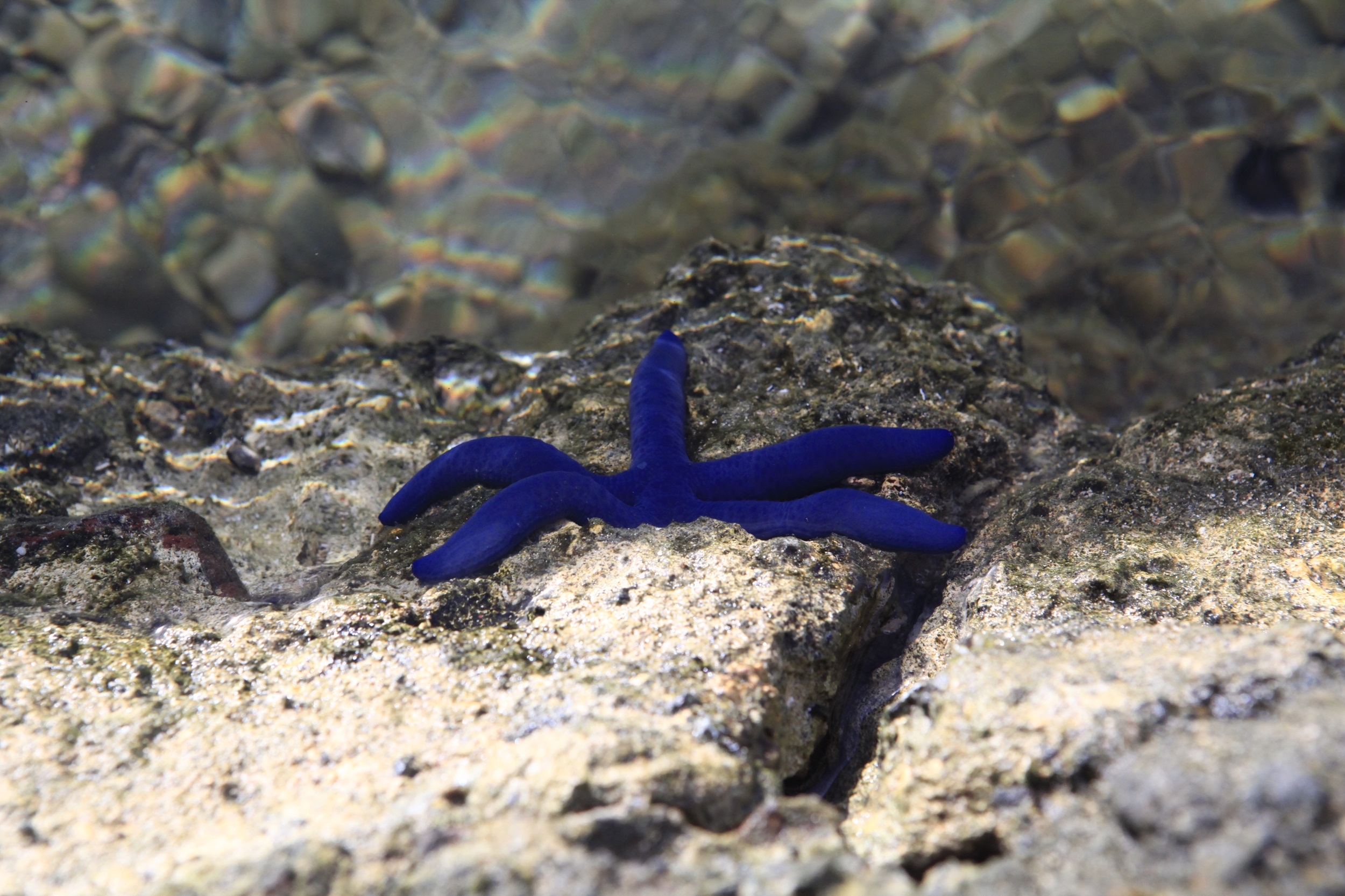 Photo Information
Photo InformationWhat a star!
Rosie Nicolai/DCCEEW
One of Susan’s current passion projects is bringing the wonder of the Great Southern Reef to the people of NSW. Stretching all the way from Tasmania to Brisbane, Susan says this incredible reef doesn’t get the credit or attention it deserves compared to its more famous northern Australian counterpart.
“I’m not putting anything on the Great Barrier Reef – it’s a beautiful place everyone should go – but the Great Southern Reef is also unbelievable. We have weedy seadragons, seals, penguins, cuttlefish, blue gropers and beautiful white seahorses – many of these beautiful things that don’t occur elsewhere. And that makes our ocean also really, really special. And I think as a state, we don’t celebrate our ocean enough.”
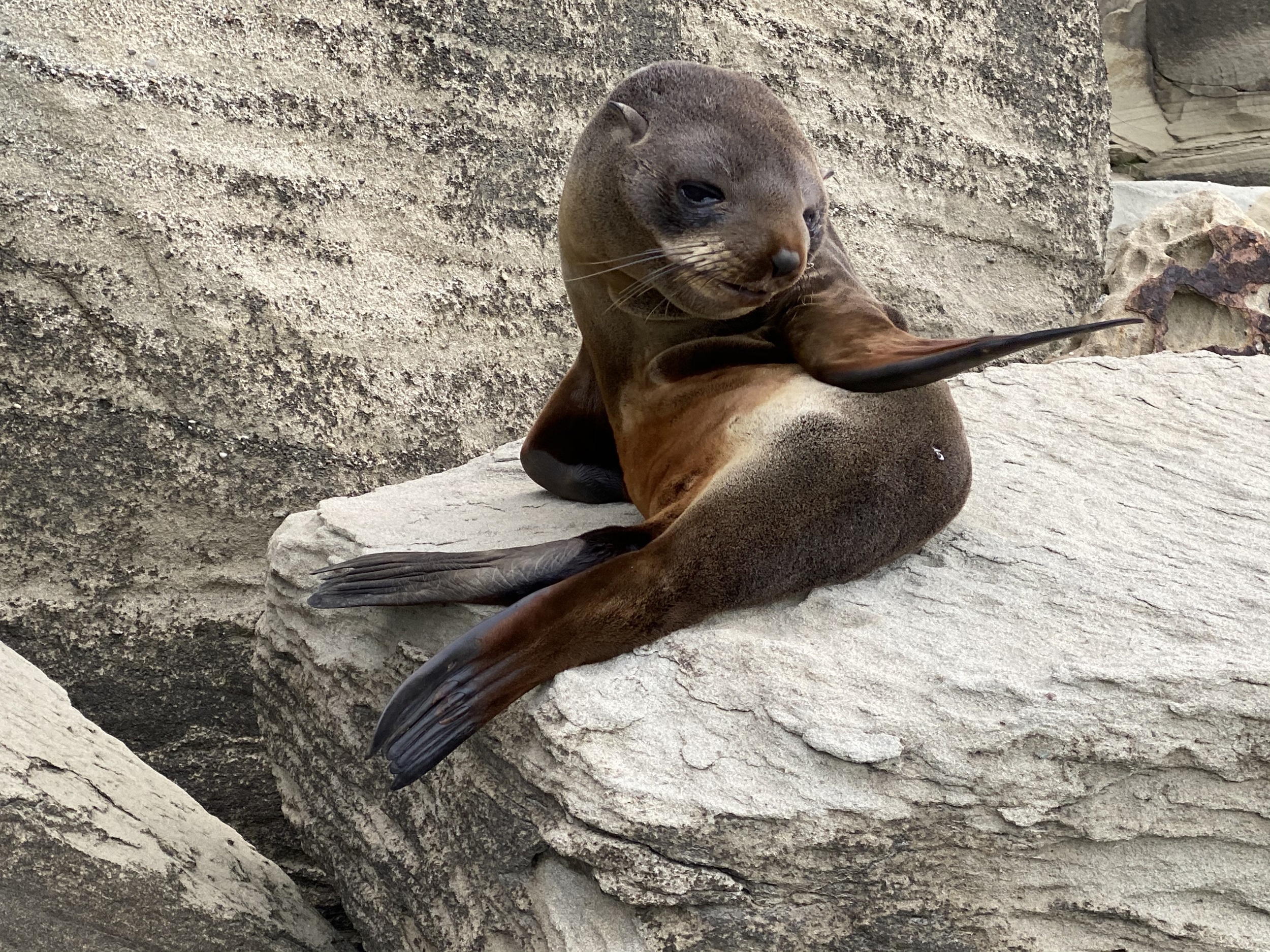 Photo Information
Photo InformationHello there.
Lynelle Long/DCCEEW
There’s an epic effort underway to improve the condition of this precious patch of ocean. It’s called the Marine Estate Management Strategy and it’s a 10-year initiative that is bringing together multiple government agencies to tackle everything from water quality to climate change adaptation. The Seabirds to Seascapes project, which aims to restore marine habitat such as seagrass meadows to bring rare species like seahorses back to Sydney Harbour, and support penguin and seal populations, is another example of the awesome work being undertaken to support the NSW marine estate.
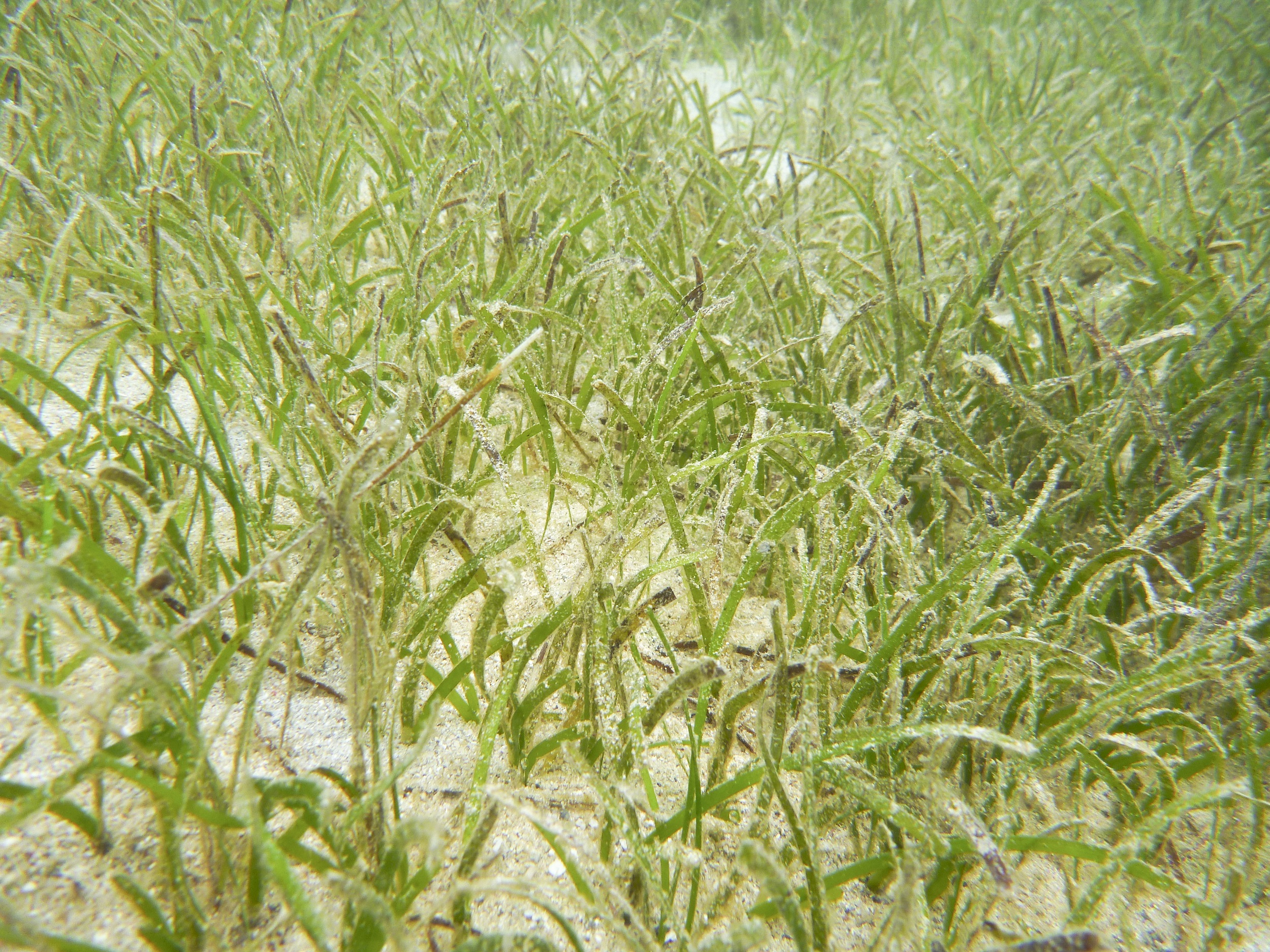 Photo Information
Photo InformationSeagrass meadow.
Rosie Nicolai/DCCEEW
At the end of the day, it’s these magnificent creatures that inspire Susan to carry on her important conservation work. “I go to work every day for the animals,” she says. “And my motivation whenever I’m thinking about, ‘What I should do next, or how I should approach a problem?’ I always think about what the animals would want me to do. What nature would want me to do.”
Introducing another Aussie battler: the little penguin, a tiny endangered penguin species that lives on the coast of NSW.
Feeling inspired? Get out into our coastal parks to appreciate the beauty of the Pacific Ocean for yourself and stay tuned for the next edition of ‘conservation superstars’, where we spotlight the legends making a difference in NSW national parks.









